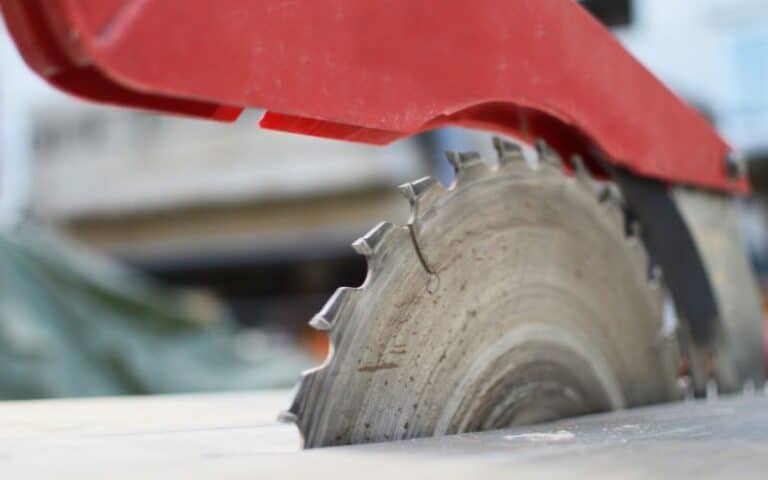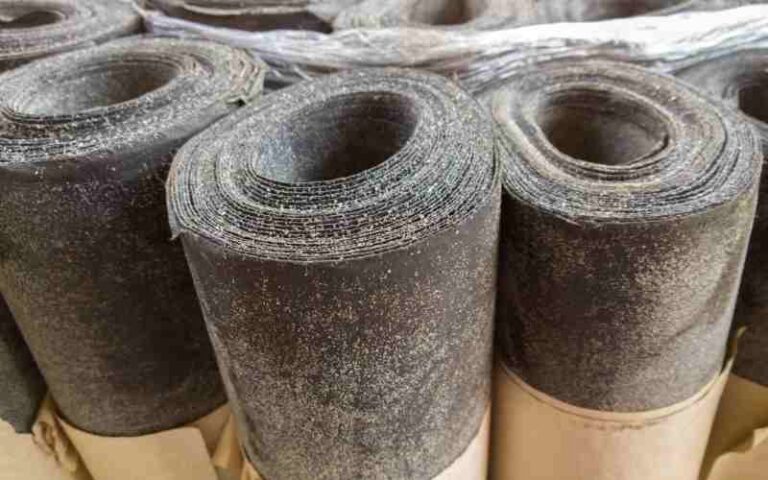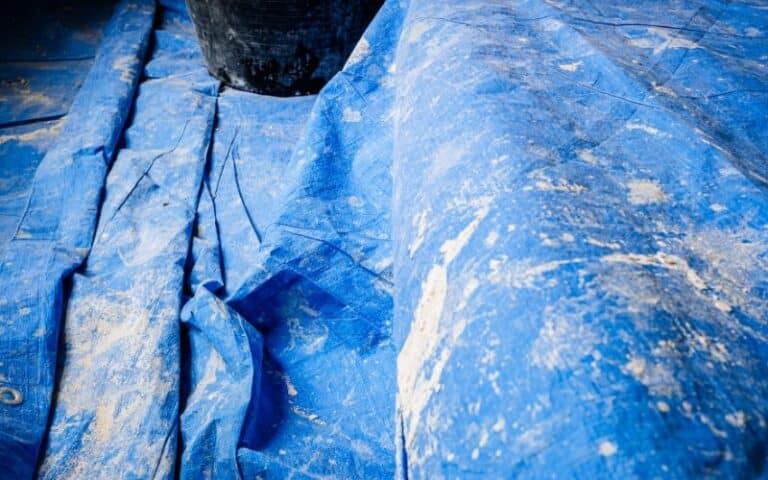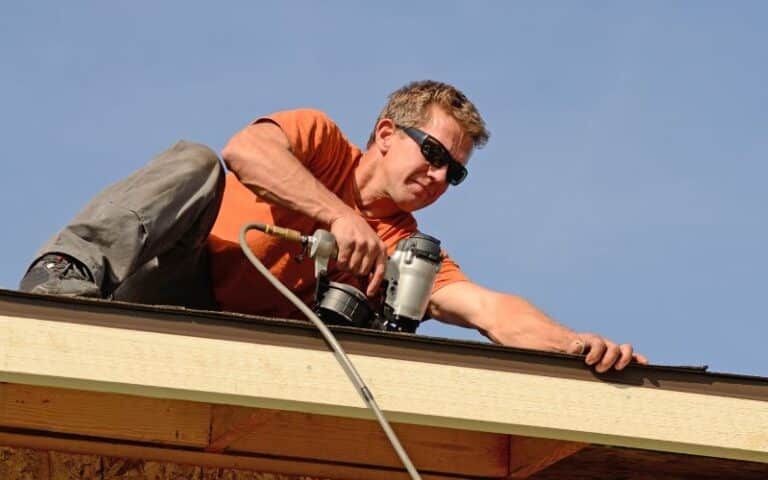Sheds, by nature, are makeshift structures. Hence, shed constructors tend to use the most available, cheap, and affordable material to finish the shed construction as soon as possible.
While this approach works in the short term, questions arise regarding the durability of the materials.
Theoretically, roofing felts are touted to last five to seven years. However, practical experience from building technicians and reports from various shed owners has shown that roofing felts last much lesser than five to seven years in the true sense. They tend to start leaking or tearing from prolonged exposure to various weather elements.
Ready for a Roofing Quiz?
How Long Does Felt Last on a Shed Roof?
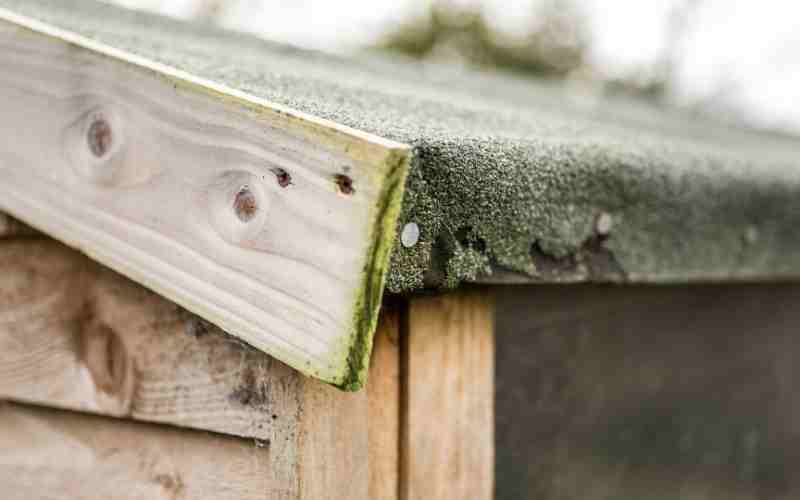
As mentioned earlier, roofing felts do not last very long on shed roofs. However, under conditions of adequate maintenance, roofing felts have been reported to last up to five years.
This means that to optimize and prolong the lifespan of your shed’s roofing felt, you must know how to maintain it properly.
Find below some essential points you could employ in preserving the integrity of your roofing felt.
Conduct Routine Checks
To ascertain the integrity of your roofing felt, always check or employ the service of a roofing expert to conduct various tests on your roofing felt.
This way, you would be able to detect defects very early and mend them far before any complications would be able to arise.
You can schedule this maintenance check every three to six months. You should investigate the following:
#1. Tears and Holes
You can mend this damage quickly with felt patches and suitable and adhesive solid gums.
#2. Examine the Nails
The primary thing that keeps the roofing felt in place is, of course, the nail! For maximum protection, the nails must be in top shape.
Hence, you should examine the nails and promptly replace any of them already getting loose. You must quickly replace the loose ones to wade off any unpalatable incidence on the face of high winds.
Replace loose and rusting nails with galvanized steel nails instead of the usual lead or copper nails.
#3. Periodic Debris Removal
Ensure you remove leaves, moss, twigs, and other forms of debris from your shed’s roof. While doing this, ensure you take absolute caution to avoid damaging any part of the roofing felt.
You could instruct the person doing the cleaning on your behalf to take note of this necessary precaution while cleaning the roof.
This cleaning is essential as it reduces the chances of damage to your roofing felt insulative power.
This protection is achieved through a decreased build-up of moisture and other elements of rust and deterioration.
#4. Look Out for Bird and Rodent Activity
Birds and rodents are notorious for pecking and eating away at roofing felts. However, you can install a scarecrow and rodenticides to keep their activity at bay.
In the long run, this would save you a considerable chunk of maintenance costs and grant you peace of mind about the integrity of the roofing felt on your shed.
#5. Examine for Mold Growth
You must note that roofing felts are highly susceptible to mold infestation once the outer protective layer has been broken down and the inner insulation layer accessed by moisture.
This infestation is usually tough to treat. You should ensure that all cracks and breaks spotted on the roofing felt during your periodic examination should be appropriately amended.
#6. Examine Wooden Beams for Rot
The beams that support your roofing structure are also highly susceptible to mold infestation.
The likelihood of this infestation and subsequent weaning of the wooden booms is increased once moisture finds its way to the beams.
#7. Presence of Damp
Once you begin to see damp areas on the walls along your roof and other high parts of your house, you can almost be sure the issue is coming from a water entry through the roofing felt.
Apart from the listed set of things to be examined during routine checks, you could also watch for any other signs or indicators of damage or impending damage to your roof felt.
Prompt recognition of these faults followed by adequate interventions would save you a lot of stress in the long run.
For best results, engage the service of a professional. However, if you can conduct the checks properly and make the necessary corrections, you could follow a Do-it-yourself model of maintenance.
Related: Rubbermaid Shed Roof Repair
How Often Should You Replace Felt on Shed?
Whether it is a duty shed roof or a relaxation shed roof, the shed roofing felt has to be changed at some defined period, depending on how well maintained and how exposed to the element the roof felt shed has been.
On average, roofing felt you should replace paper on sheds every two to three years in locations where the roofing felt paper on the shed had been exposed to extremes of the element.
Depending on the location of your shed, you might either need to make a replacement often or less often. For example, if the shed is not in an exposed area, you might need to replace it every two to three years.
However, if it is in an exposed location, you might need to replace it more often.
Now, the replacement frequency can be drastically reduced if you endeavor to use the very best of materials while constructing the roof felt shed.
Ensure you use super-grade polyester roofing felt materials in the installation.
Also, the suitability of the roofing felt paper based on grade goes a long way in determining the durability of the shed roof felt.
There are two significant grades of roofing felt paper. They are:
- The Fifteen pounds per hundred square feet type and
- The Thirty pounds per hundred square feet type.
You would notice that they are classified based on weight differences.
This is because the lighter version i.e., the 15lb type, is mainly used on light projects, while the 30lb type is used mainly for heavy-duty projects.
The thirty-pound type is much stronger and thicker. It performs excellently in extreme weather conditions.
Hence, using a 15 pounds roof felt paper, probably to beat down cost, would be counter-productive in an area where the weather condition is adverse.
The 15lb type is less thick, less intense, and tends to tear easily than the 30lb type.
Can You Felt Over Old Felt on a Shed?
Do not feel over an old felt. This approach does not give excellent results in the long run.
Various homeowners who have tried this approach report cases where the old felt starts damaging the new layer from the inside out.
This is because the old felt already has some moisture. Thus, moss infestation and other forms of internal damage start to spread.
This compromises the integrity of the new layer of shed roofing felt in no time.
Conclusion
Speaking practically, roofing felt papers on sheds last for less than five (5) years.
Factors such as the compatibility and suitability for the condition of use as well as maintenance of the roofing felt paper determine the eventual durability of roofing felt on sheds.
Theoretically, it should last around five to seven years. However, this rarely happens.

